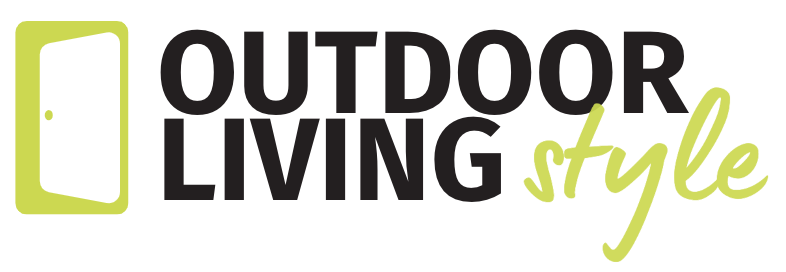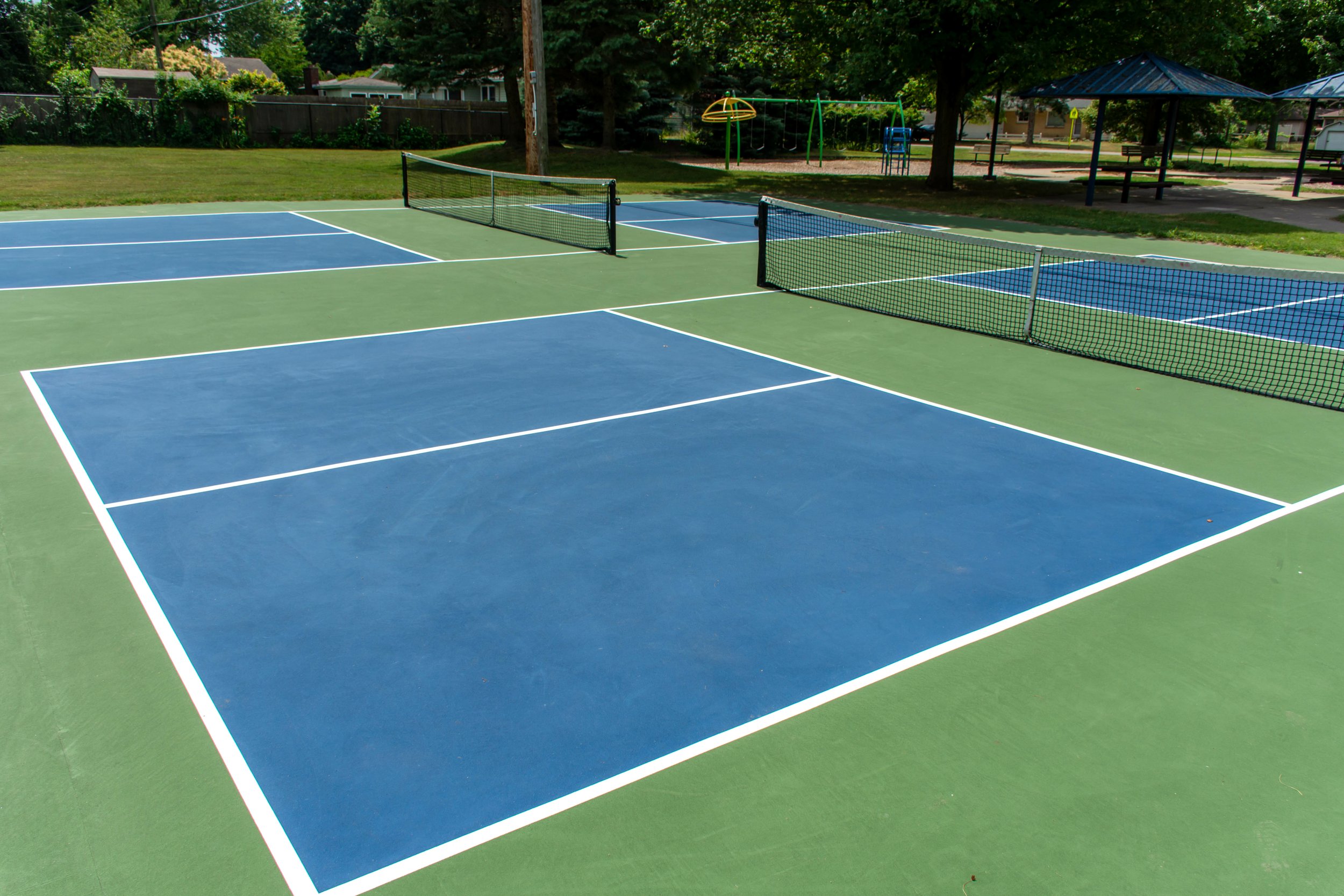Pickleball Courts: Regulation and Homegrown Sizes
You’re ready to get some pickleball in your life, or you wouldn’t be reading this. But to do it right, you need to know about the court, and then you need to know how to deal with the times you want to play but don’t have a court.
Since pickleball is one of those outdoor games that people can enjoy just for fun, it stands to reason that you’ll sometimes play it in your backyard. After all, what are yard games if they’re not played in the yard? We’ll look at court dimensions and ways to adapt your non-court space into a viable pickleball locale.
A Proper Pickleball Court
A pickleball court contains two sides separated by a net, just like a tennis court. The net stands 34” tall in the center of the court, sagging down two inches from its height at the edges of the court, which is 36”. The net is 20’ long since that’s how wide the court is.
Since the court on either side of the net is 22’ long, the entire pickleball court measures 44’ from baseline to baseline. Each court half is further divided into three sections:
The left service area measures 10’ wide and 15’ long measured from the baseline.
The right service area is the same size and sits next to its compatriot.
The non-volley area, or kitchen, measures seven feet from the net to the top of the service areas and covers the entire 20’ width of the court.
Put this all together, and the pickleball court dimensions measure 20’ by 44’ and lays out like this:
Playing In Your Backyard
Not all of us have dedicated courts for pickleball at home, but you can still play pickleball without an official court, just like you didn’t need a regulation football field to play some four-on-four with your neighborhood friends.
When you’re setting up for pickleball in your backyard, the sky’s the limit (well, and the size of your backyard). Since you and your family or friends are just playing for fun, if you don’t have a playing area that’s exactly 20’ wide and 44’ long, no one’s going to die. Probably no one will even get upset.
If you’ve got the room to do it, then sure, lay out a regulation-size playing area. But remember that if you’re in your yard, you’re probably playing on grass, which means the ball won’t bounce nearly as well as it would on concrete. You can adjust by finding a bouncier pickleball like a Gamma Foam quiet ball or move the game to the driveway or the street (if you live on a cul-de-sac or something).
Without enough room for a full-size court, life will still go on. You will still be able to have fun. We always make adjustments when playing pickup games. Few people playing a fun soccer game in the park go to the trouble of setting up a regulation field before they start kicking the ball around. There’s no reason you can’t have a good time on a court that’s the “wrong” size.
However, you will need a way to mark your court’s boundaries— the sidelines, the baselines, and the lines delineating the service areas and the non-volley zone on each side of the net. You’ve got a few options for this task:
Tape. Gaffer’s tape comes in a variety of colors and will stick to your driveway surface pretty well and won’t leave a sticky residue when you pull it up, unlike duct tape. One full roll of gaffer’s tape will almost cover all the lines on a regulation court, so if yours is smaller and in your driveway, you’ll have more than enough tape.
Chalk. You’ve got a couple of options here— sidewalk chalk that your kids probably have in the garage right this moment or contractor’s chalk. That stuff is blue and goes down easily on your driveway or the grass of your lawn. Sidewalk chalk won’t work very well on grass, but it does a bang-up job of marking concrete.
Rope or twine. In a pinch, you could lay some rope down for your court lines, but they won’t stay put for very long, and there’s the possibility of tripping on it.
Throw Down Markers. These pieces of vinyl allow you to mark the corners of your court and the areas inside it. They’re made specifically for this job, but they don’t present unbroken lines. If you hit a ball that lands near the sideline but in a spot where there isn't one of these markers, you may have an argument on your hands about what is in and what is out.
Other Equipment
You’ll need a net or some approximation of a 34”-high barrier in the middle of the court. When pickleball was getting invented in the 1960s near Seattle, they didn’t have a pickleball net because there was no such thing, so those three dads used a badminton net. That would work for you or an old tennis net, and you could even string up a piece of rope 34” off the ground and pretend the net is under it. All you need is something to hit that ball over.
Finally, paddles and balls. People who want to play pickleball usually have paddles already, but you could conceivably use ping pong paddles. A regulation pickleball looks something like a wiffle ball, so you might get away with using one of those. And as mentioned above, you might want a bouncier-than-regulation ball if you’re playing on grass.
Conclusion
Pickleball is a fast-growing sport, and as a result, more and more courts continue springing up. But you can play even without a court:
In your backyard
In a relatively unbusy street
In your driveway
In any area big enough to let you play pickleball and have fun doing it, which is why most of us play it in the first place
Just be sure you have a way to mark boundary lines, so everyone knows without working too hard when a ball is out or when someone volleys from inside the kitchen. Nobody wants that.

